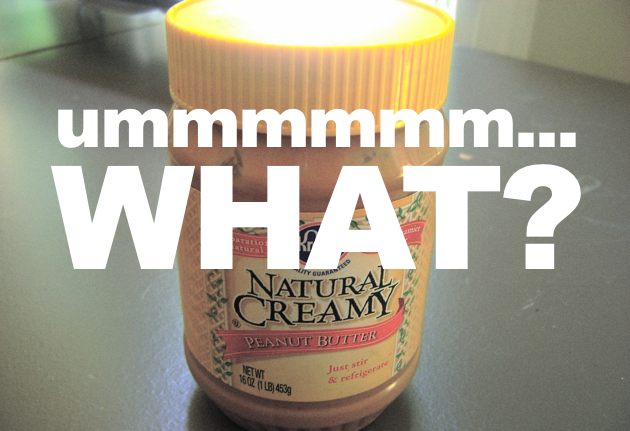Ah, advertising — companies will do anything to sell us their products. I’m sure you’ve seen the caricatures of smiling pigs nosing in the grass on a package of factory-farmed pork chops or the enviably slender and attractive model in the commercial for a “healthy” cereal that’s packed with refined carbohydrates, but what’s also become a common tactic is the use of certain food labels that can be very confusing, if not totally misleading. Have you ever actually tried reading food labels? If you’re trying to eat more compassionately or healthfully, you may want to dig a bit deeper when it comes to products touting the following labels:
Free Range
For me, Free Range used to conjure up images of chipper chickens pecking away in open fields and freshly laid eggs being gathered from a cozy chicken coop. According to the USDA’s website, however, Free Range applies only to poultry raised for meat, not eggs, and stipulates that “producers must demonstrate to the Agency that the poultry has been allowed access to the outside”, but there are no regulations around the type of outdoor access that is provided or the length of time that the animals are provided the access. So, the label doesn’t really mean much of anything and many producers get away with using it even if their farming methods aren’t exactly humane. If you’re really interested in only consuming humanely raised meat and poultry, you may want to look into Certified Humane products.
Sustainable
How do you define sustainable? Animal Welfare Approved, a non-profit organization whose goal is to improve farm animal welfare, provides an excellent example of what an ideal definition of Sustainable should be, but it also points out that the Sustainable label isn’t actually defined legally. So, your definition is as good as mine. Even a recent article in VegNews Magazine’s September/October issue mentions that since the label has no official definition, we should look for other more quantifiable food labels such as Biodynamic or even Organic, in addition to Sustainable, when purchasing products.
Natural
Like Free Range and Sustainable, the Natural label doesn’t require verification from an outside third party. As long as the product is “a product containing no artificial ingredient or added color and is only minimally processed”, as per the USDA, producers are free to label it as such. What’s more is that when it comes to the production of meat, this definition only applies to after the animal has been slaughtered. So, “natural” meat can still be produced from animals given antibiotics before their slaughter, and as long as no artificial ingredients or colors are added after the fact, the meat can still be labeled as Natural. Yikes.
Vegan
I’ve come to find that we often correspond vegan with healthy. A perfect example of how this is not always the case is Oreo cookies. Yes, they’re vegan. Healthy? Not so much. The first ingredient on the label is, you guessed it, sugar. The second? Refined flour. Just because something is labeled as vegan doesn’t necessarily mean that it’s good for us. Maybe one day I’ll finally accept this fact in regards to my favorite vegan chocolate peanut butter brownies.


